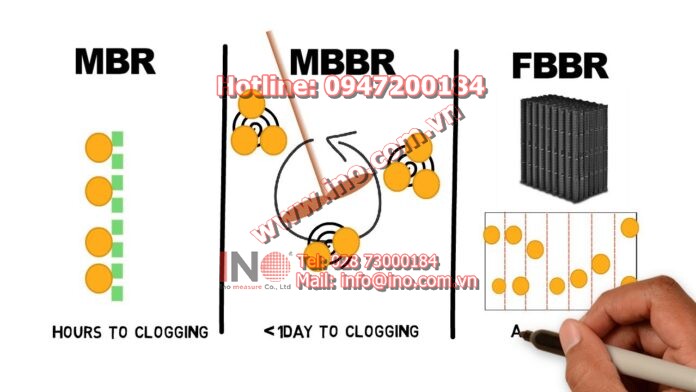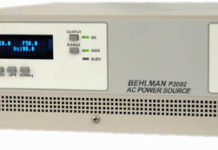MBR, MBBR and FBR (Part 2) – Comparison of wastewater technologies
Các câu hỏi, thắc mắc, thông tin liên quan đến sản phẩm được giới thiệu trong video dưới đây từ khâu mua sắm, lựa chọn, sử dụng, cài đặt hay thay thế, vui lòng liên hệ với INO Team để được hỗ trợ và tư vấn kịp thời.
– – – LƯU Ý – – -: Với những thiết bị không được liệt kê ở đây không có nghĩa là chúng tôi không hỗ trợ được bạn, công ty chúng tôi chuyên đề xuất giải pháp, tư vấn mua sắm và cung cấp thiết bị về cảm biến công nghiệp, đo lường và tự động hoá cho các công ty trong và ngoài nước.
Công ty TNHH Giải pháp và Công nghệ Đo lường INO, nhà cung cấp các thiết bị đo lường và tự động hóa công nghiệp.
3 Minute Water and Waste Water Video Tutorials by AET
The comparison of the three systems show different advantages and disadvantages for industrial wastewater applications:
1. Effluent water quality: MBRs show in general a slightly better BOD removal than MBBRs or FBBRs. Very fine membranes can even hold back germs so that the water effluent quality is in general better.
2. Resistance to influent peaks and grease leaks: MBRs are very sensitive to changing influent values. Grease leaks will cause clogging of the fine membranes so that they must be cleaned or replaced. MBBRs are less sensitive as MBRs although the risk of fill media clogging is high in case of interrupted mixing and grease leaks. Instead FBRs are very robust and show a very good handling of either changing influent values, grease leaks and interrupted oxygen supply.
3. Difficulty level of operation: MBRs require monitoring of the activated sludge process as well as backwashing of the membranes in certain intervals. Therefore, their operation can be challenging and higher qualifications are necessary. MBBRs and FBRs are more forgiving and especially FBRs are easy to operate.
4. Required space: The higher MLSS level of MBRs allow more BOD removal per water volume. Therefore, their required space is lower compared to MBBRs and FBBRs.
5. Energy consumption: Due to Higher MLSS, permanent backwashing of the membrane and fouling prevention, MBRs need a high air volume thus have a high energy demand and cost. FBRs require less energy as MBBRs because the air supply of the biofilm is installed directly underneath the fill media which results in a better oxygen intake.
6. Overall cost: The installation costs for all three systems are about the same. However over time MBRs are more expensive than MBBRs and FBBRs because of higher operational and maintenance costs.
All in all, MBRs are a good fit for applications that require a high-quality water effluent. Instead, MBBRs and especially FBBRs are a good solution for pretreatment of high BOD levels. Their resistant and forgiving design make them suitable for various industrial wastewater applications. Additionally, the easy operation and maintenance, guarantee a long-life time product solution for low cost in the long term.
Web: www.ino.com.vn | Mail: info@ino.com.vn
Tel: (+84) 028 73000184 | Hotline: 0947200184
Website: http://www.ino.com.vn Website: http://www.ino.vn
Please visit INO YouTube Channel for more Video
https://www.youtube.com/inomeasure




















